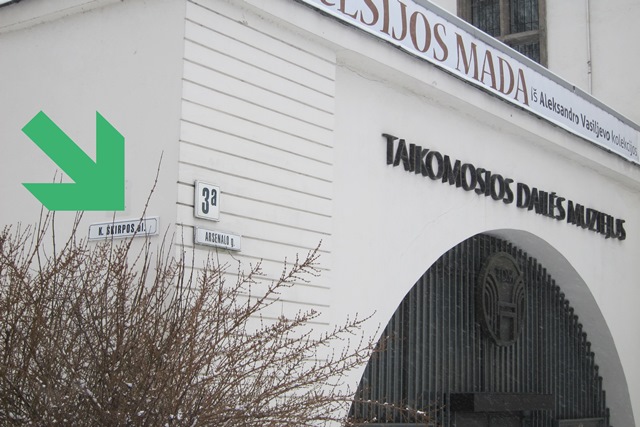Opinion | Collaborators Glorified | Antanas Baltūsis-Žvejas | Politics of Memory | Lithuania | History
◊
by Evaldas Balčiūnas
◊

Just another street name in a pleasant part of Kaunas, this year’s Capital of European Culture? Author thinks that “Kaunas and its people deserve better”…
◊
Antanas Baltūsis-Žvejas (1915–1948) is remembered by the Republic of Lithuania for his anti-Soviet guerilla activities after the war but without regard for the three separate periods of his activity in service to Nazi activities to exterminate the Jewish people. He did indeed join the anti-Soviet partisan resistance movement in the spring of 1945. And, before his death, he did become the head of its Tauras County unit. Those who heroize this period of his activities emphasize his efforts in establishing military discipline and order in the county. His critics, in turn, are more likely to make reference to his order to the Žalgiris Detachment, subordinate to the Tauras County, to annihilate Russian (Soviet) civilian settlers (“colonists”) in Opšrūtai, who had been transferred to Lithuania according to the Soviet-Nazi repatriation agreement (often with little or no input from these folks themselves). Thirty-one persons perished in Opšrūtai, including fourteen children. In the partisans’ descriptions of the battle, it is easy to notice that their task was to eradicate all colonists, including children. Those who justify the atrocity against civilians, including children, say that it was necessary to thwart the russification of Lithuania.
Lithuania’s policy of historical memory was quite straightforward on this issue: it built a monument to the partisans of the Žalgiris Detachment in Opšrūtai. Ethnic cleansing of Jews, if done by “our own nationalist heroes” in Lithuania, is still seen, it seems, as acceptable.
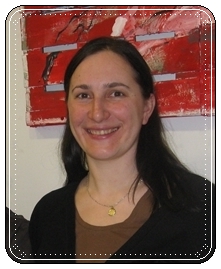
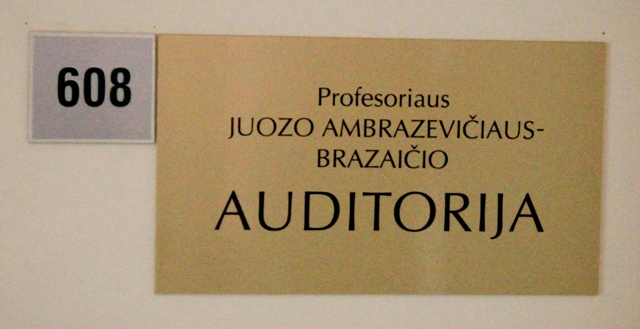

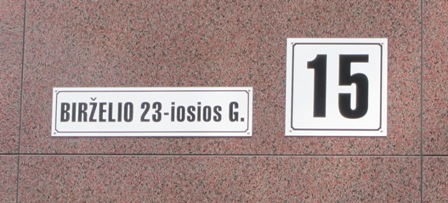

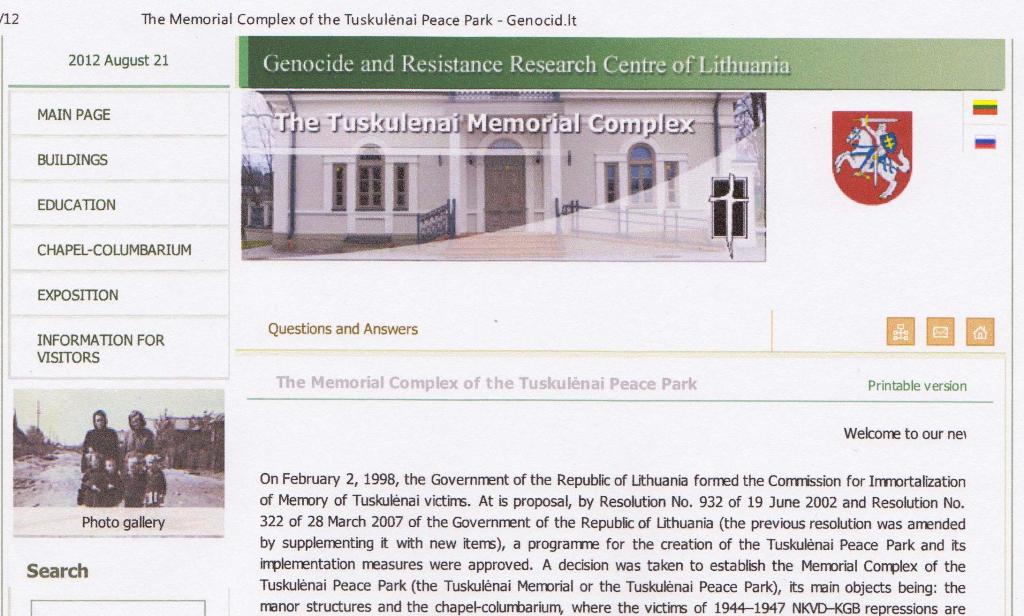
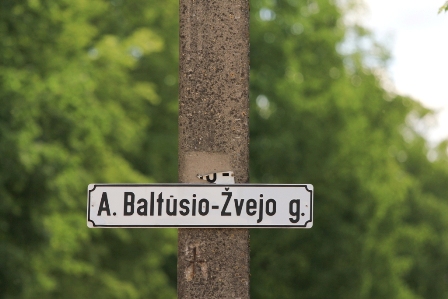


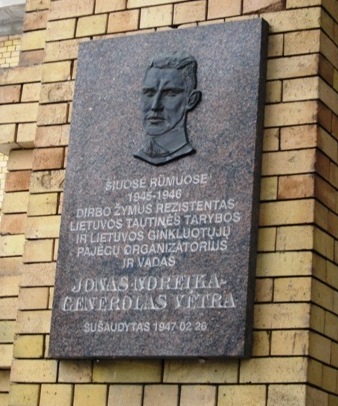
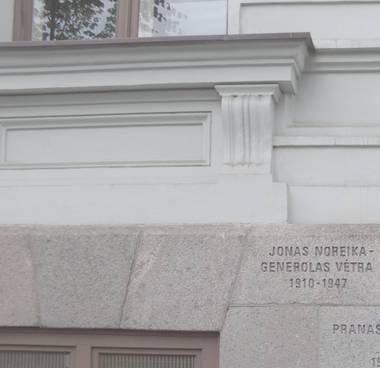
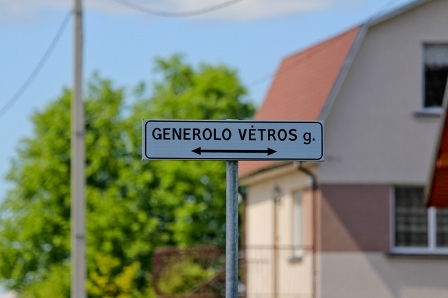
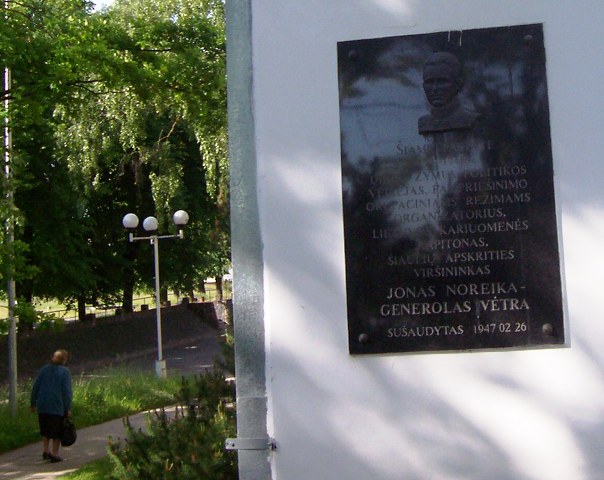
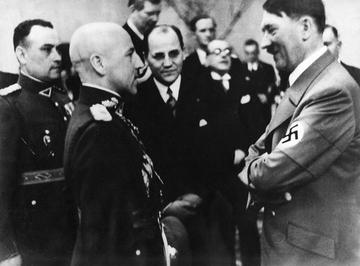
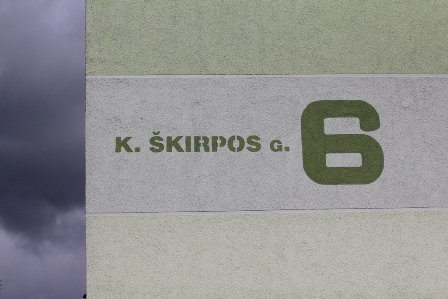
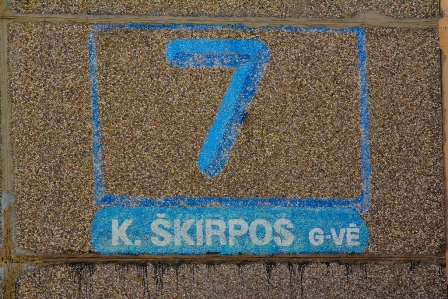
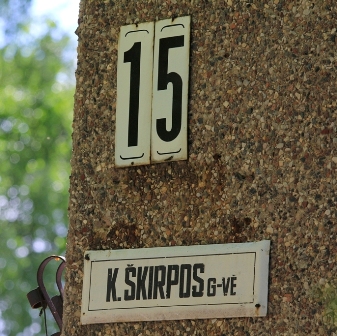 and in central Vilnius:
and in central Vilnius: